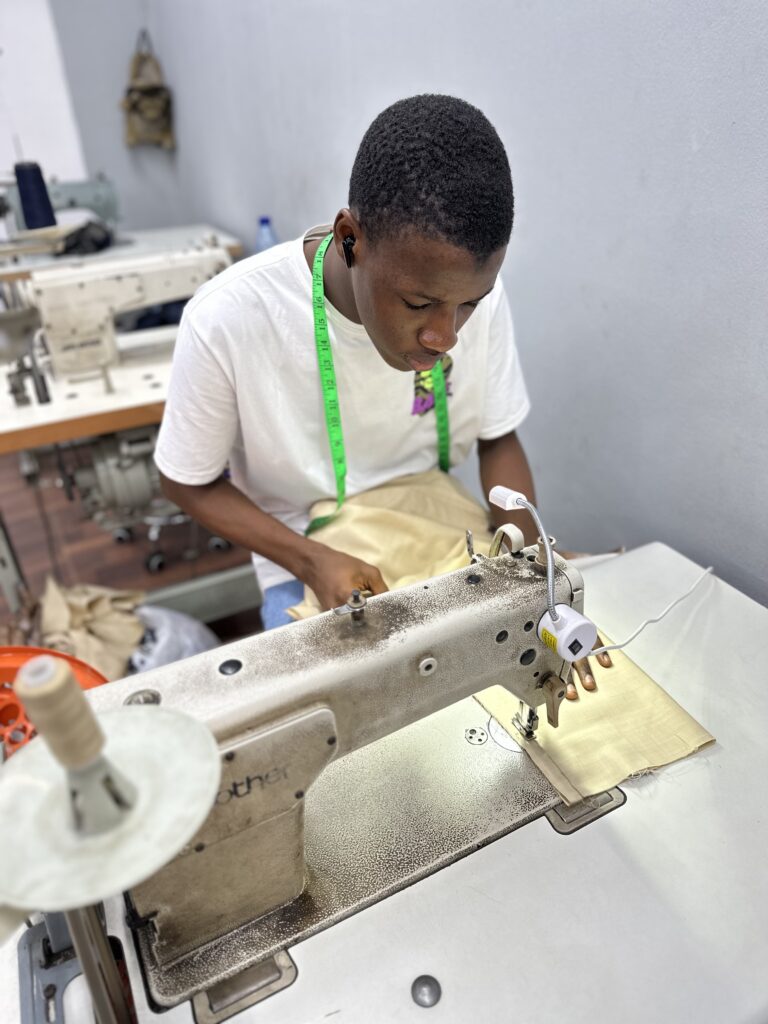Expert Tailor Perth: Crafting Custom Suits for each Event
Expert Tailor Perth: Crafting Custom Suits for each Event
Blog Article
Recognizing the Tailoring Refine: From Material Choice to Final Fitting for the Perfect Closet
The tailoring procedure is a complex interaction of art and science, starting with the important choice of material option and culminating in the specific modifications of last fittings. Each textile type brings special qualities that affect not just the aesthetic appeal yet also the garment's long life and suitability for different celebrations.
Relevance of Fabric Choice
Selecting the appropriate fabric is vital in the customizing process, as it directly influences the convenience, durability, and overall aesthetic of the last garment (tailor perth). The option of textile sets the foundation for the garment's efficiency, capability, and design. Various materials have distinct residential properties, such as breathability, weight, and stretch, which can substantially impact exactly how the garment drapes and fits the body
In addition, textile selection impacts the garment's longevity and ease of treatment. Top quality fabrics can hold up against damage, preserving their appearance and structure with time, while lower-quality products might result in pilling or fading. Furthermore, the ideal fabric adds to the garment's capacity to change throughout occasions and seasons, thus boosting flexibility.
A tailored item made from an appropriate fabric not only showcases craftsmanship however additionally elevates the wearer's self-confidence. Consequently, comprehending the subtleties of fabric selection is critical for any kind of customizing venture. It makes certain that the final product not just meets the visual wishes of the customer however additionally aligns with functional needs, thus achieving an unified balance in between type and feature in the tailored wardrobe.
Types of Fabrics and Their Usages
Comprehending the various kinds of fabrics readily available is essential for making notified choices during the customizing procedure. Each textile possesses one-of-a-kind qualities that determine its suitability for certain garments and events.
Cotton, known for its breathability and gentleness, is perfect for informal wear and summer clothing. Its versatility allows it to be tailored into every little thing from shirts to dresses. Woollen, on the various other hand, is favored for its warmth and structure, making it an excellent choice for formal fits and outerwear - tailor perth. Its all-natural flexibility helps garments preserve form over time.
Silk exhibits deluxe and is light-weight, making it perfect for eveningwear and delicate blouses; nonetheless, it calls for careful handling as a result of its delicacy. Bed linen, with its distinctive finish, is a popular selection for cozy environments, giving a crisp and airy feeling, however it wrinkles conveniently, which might influence the garment's look.
Artificial materials, such as polyester and nylon, deal sturdiness and resistance to wrinkles, making them appropriate for daily wear and active clothes. Comprehending these textile kinds and their residential or commercial properties enables for much better decision-making, guaranteeing that each tailored piece not only fits well but also straightens with the desired purpose and celebration.
The Tailoring Strategies Described
The art of customizing depends on a range of methods that transform fabric right into well-fitted garments. Central to this procedure is pattern preparing, where a tailor produces themes based on the customer's measurements and desired design. This preliminary action ensures that the garment will certainly fit the wearer correctly prior to any type of cutting takes place.
When patterns are established, reducing methods enter into play. Accuracy is critical as inaccuracies can bring about misfitting garments. Tailors commonly utilize numerous cutting methods, such as single-layer reducing for elaborate designs and multiple-layer reducing for efficiency on typical patterns.
Basting is one more important strategy, enabling dressmakers to temporarily sew fabric assemble for an initial fitting. This technique offers the chance to assess the drape and general shape before last sewing.
Seaming methods, consisting of french joints and flat-felled seams, improve the garment's resilience and visual appeal. you could look here Tailors also employ strategies such as interfacing and padding to supply framework and shape to certain locations, like collars and shoulders.
Finally, ending up techniques, including hemming and side finishing, guarantee the garment's long life while giving a polished appearance. With each check my blog other, these strategies form the backbone of reliable customizing, resulting in splendid, tailor-made apparel.
Fitting Modifications and Factors To Consider

Key considerations include the shoulder fit, which needs to neither droop nor restrict activity, and the sleeve size, which ought to permit comfy arm movement while maintaining a sleek appearance. Furthermore, adjustments at the midsection can fine-tune the silhouette, with alternatives to let out or take in textile as needed.
The surge of trousers is another critical variable; it ought to rest easily above the hips without creating discomfort, enabling simplicity of movement. Hemming sizes for both pants and skirts must reflect the user's favored style while valuing proportions.

Maintaining Your Tailored Attire
Appropriate maintenance of tailored garments is necessary to maintaining their fit and look with time. To make certain long life, normal cleansing is extremely important. Constantly adhere to the treatment tag guidelines, which might suggest completely dry cleaning for delicate fabrics or machine washing for more resilient products. Avoid regular laundering, as this can wear down the material and change the garment's form.
Storage space is equally important; usage cushioned hangers for coats and layers to keep shoulder structure, and store pants folded neatly or hung to protect against creasing. Secure garments from direct sunshine, which can discolor colors and damages fibers.
Furthermore, periodic examinations for small repair work can protect against bigger issues. Examine for loose switches, fraying seams, or indications of moth damages, attending to these problems without delay to preserve the garment's integrity.
Finally, consider seasonal turning. Wearing customized pieces in small amounts allows materials to recover, expanding their lifespan. By applying these maintenance approaches, you can guarantee that your customized garments stay as immaculate as the day you first used them, boosting your suitable wardrobe for many years ahead.
Final Thought
The customizing process, about his including textile selection, skilled methods, and specific fitting modifications, plays a critical role in producing garments that boost both comfort and style. Each phase adds to the overall efficiency of the last item, making sure that garments not only fits well yet also mirrors individual identification. Moreover, comprehending the relevance of upkeep expands the life of customized garments, strengthening their worth in a well-curated closet. A thorough strategy to customizing finishes in a sleek and confident appearance.
Choosing the best fabric is essential in the tailoring procedure, as it directly affects the comfort, longevity, and total visual of the final garment. The selection of fabric establishes the structure for the garment's style, performance, and capability. Different fabrics have one-of-a-kind residential properties, such as breathability, weight, and stretch, which can significantly influence exactly how the garment drapes and fits the body.
The art of tailoring counts on a range of techniques that change fabric right into well-fitted garments.The tailoring procedure, encompassing textile choice, experienced strategies, and accurate suitable adjustments, plays a critical role in developing garments that boost both convenience and style.
Report this page